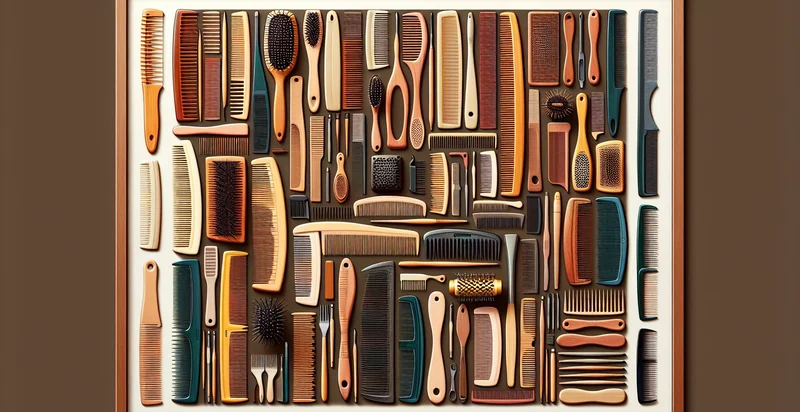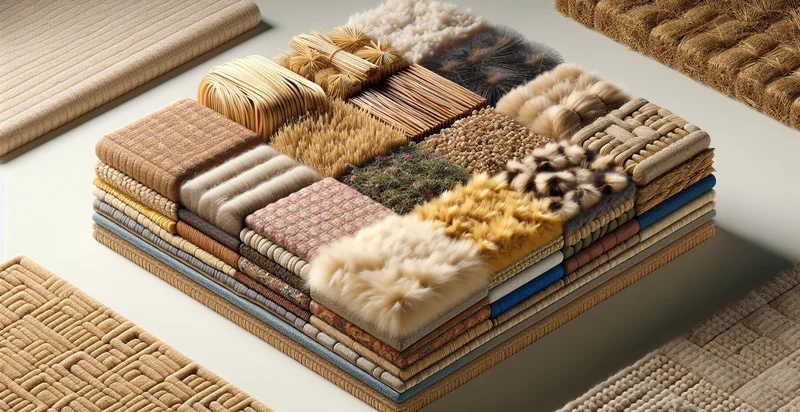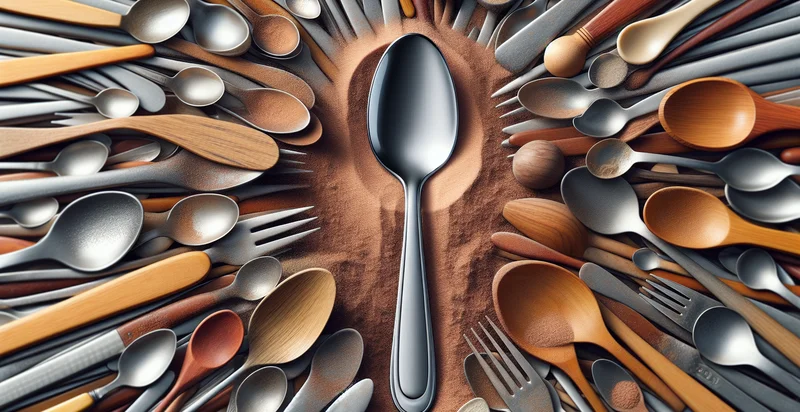Identify what material a comb is made from
using AI
Below is a free classifier to identify what material a comb is made from. Just upload your image, and our AI will predict what material a comb is made from - in just seconds.

Contact us for API access
Or, use Nyckel to build highly-accurate custom classifiers in just minutes. No PhD required.
Get started
import nyckel
credentials = nyckel.Credentials("YOUR_CLIENT_ID", "YOUR_CLIENT_SECRET")
nyckel.invoke("what-material-a-comb-is-made-from", "your_image_url", credentials)
fetch('https://www.nyckel.com/v1/functions/what-material-a-comb-is-made-from/invoke', {
method: 'POST',
headers: {
'Authorization': 'Bearer ' + 'YOUR_BEARER_TOKEN',
'Content-Type': 'application/json',
},
body: JSON.stringify(
{"data": "your_image_url"}
)
})
.then(response => response.json())
.then(data => console.log(data));
curl -X POST \
-H "Content-Type: application/json" \
-H "Authorization: Bearer YOUR_BEARER_TOKEN" \
-d '{"data": "your_image_url"}' \
https://www.nyckel.com/v1/functions/what-material-a-comb-is-made-from/invoke
How this classifier works
To start, upload your image. Our AI tool will then predict what material a comb is made from.
This pretrained image model uses a Nyckel-created dataset and has 8 labels, including Acrylic, Bamboo, Biodegradable, Ceramic, Metal, Plastic, Rubber and Wood.
We'll also show a confidence score (the higher the number, the more confident the AI model is around what material a comb is made from).
Whether you're just curious or building what material a comb is made from detection into your application, we hope our classifier proves helpful.
Related Classifiers
Need to identify what material a comb is made from at scale?
Get API or Zapier access to this classifier for free. It's perfect for:
- Material Identification for Manufacturing Quality Control: This function can be utilized in manufacturing facilities to automatically identify the material composition of combs produced. By ensuring that only combs made from specified materials pass quality control, manufacturers can reduce defects and maintain product consistency.
- Recycling and Material Recovery: Municipal recycling plants can implement this classification function to sort combs made from different materials. This will aid in optimizing recycling processes, allowing for the effective recovery of plastics or other materials used in comb manufacturing.
- Retail Inventory Management: Retailers can use this classification system to manage inventory by quickly identifying the material type of combs in their stock. This information can facilitate better marketing strategies, appealing to customers who prefer eco-friendly or hypoallergenic materials.
- E-commerce Product Classification: Online marketplaces can employ the function to enhance product listings by accurately identifying the materials of combs being sold. Providing detailed material information can help improve customer trust and satisfaction while reducing returns due to material mismatches.
- Consumer Education and Safety: Beauty salons and personal care brands can use this function to educate consumers on the materials of tools they use. Accurate identification can help in recommending combs that are safer for sensitive skin or allergies, thereby enhancing the overall customer experience.
- Research and Development: Researchers in material science can utilize this function to classify various comb materials collected during studies. By understanding how different materials perform, they can drive innovations in the design and production of personal grooming tools.
- Supply Chain Transparency: Companies can use this classification to ensure ethical sourcing of materials for comb production. By verifying and tracing the material back to its source, businesses can promote sustainability and improve their brand reputation in the market.


